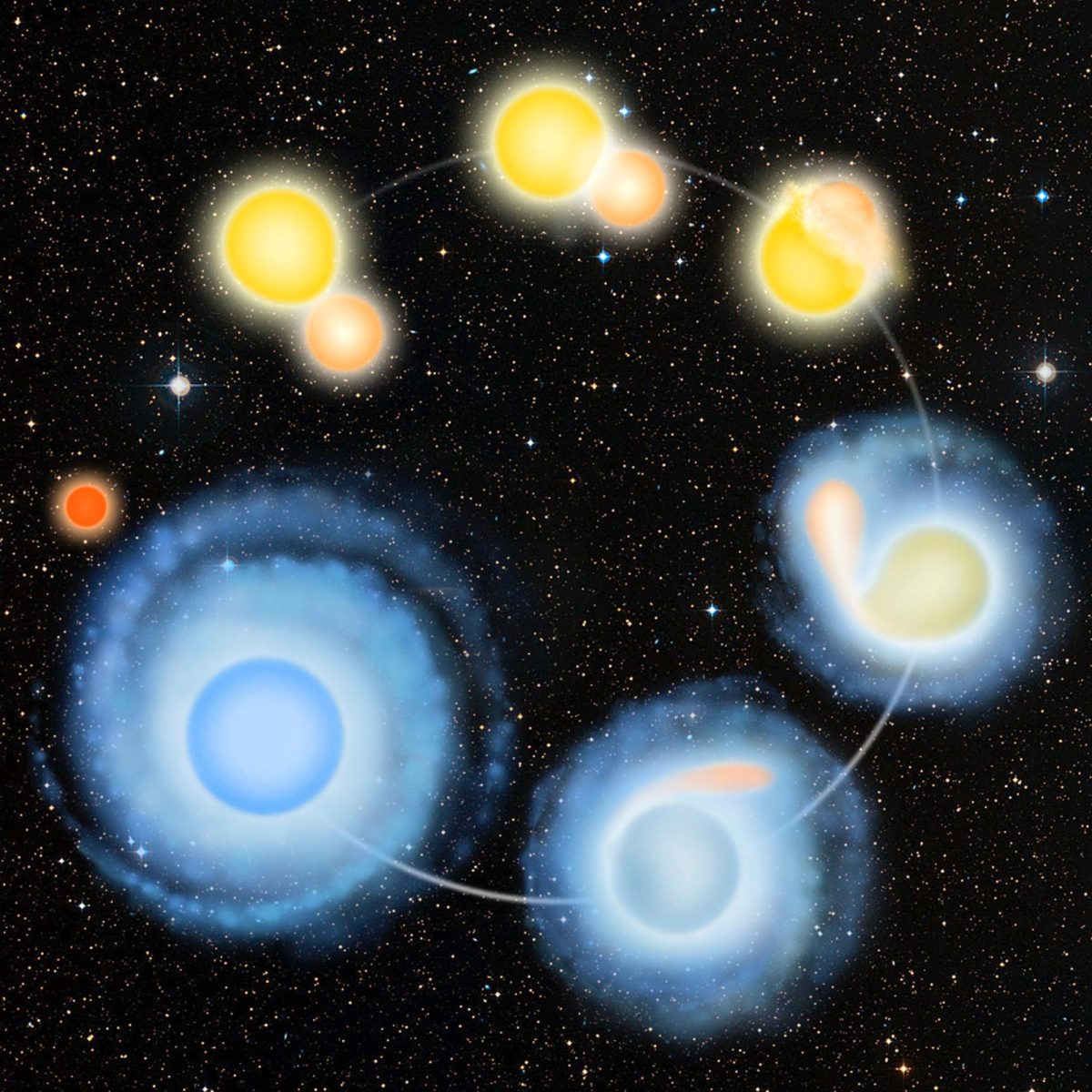New horizons
The first mission to Pluto and the edge of our solar system.
March 12, 2019
The New Horizons spacecraft was launched from Cape Canaveral, Florida on January 19th, 2006 with the goal of learning and gathering more information about the now Dwarf Planet, Pluto according to NASA. The 478-kilogram (1054 pounds) spacecraft traveled to and around Jupiter in a “gravity slingshot” on its way towards Pluto.
This spacecraft left Earth’s orbit at nearly 36,500 mph, making it the fastest spacecraft ever. It reached Pluto on July 15th, 2015 and became the first spacecraft to ever explore Pluto. However, it was traveling much too fast in order to orbit such a small celestial body and was forced to make only a fly by, 7,200 miles above Pluto’s icy surface.
The year before the spacecraft reached Pluto, in 2014, the Hubble Deep Space Telescope was used to select a new target for New Horizons. Ultima Thule was discovered in the Kuiper Belt (a region of our solar system past the orbits of Neptune and Pluto which contains asteroids, comets, and other small bodies) and targeted as New Horizons’ new objective.
Upon reaching Ultima Thule on January 1st, 2019, a few pictures were taken and it was then seen that Ultima Thule is a contact binary (two planets, stars, or celestial bodies that have fused together to make one “snowman” shape). Ultima Thule is also the furthest object from earth ever explored. Ultima Thule lies about 44 Astronomical Units away from earth (one Astronomical Unit or AU is the distance between Earth and the Sun).
Niclas Hill (‘20) said, “It’s great that we are able to explore something so far away.” He then went on to explain how we can now expand our horizons even further, outside of our Solar System.
In Latin, the name Ultima Thule means beyond the known world. So, one could say the entire human race is venturing into the unknown together, as we all watch New Horizons travel even further away.














